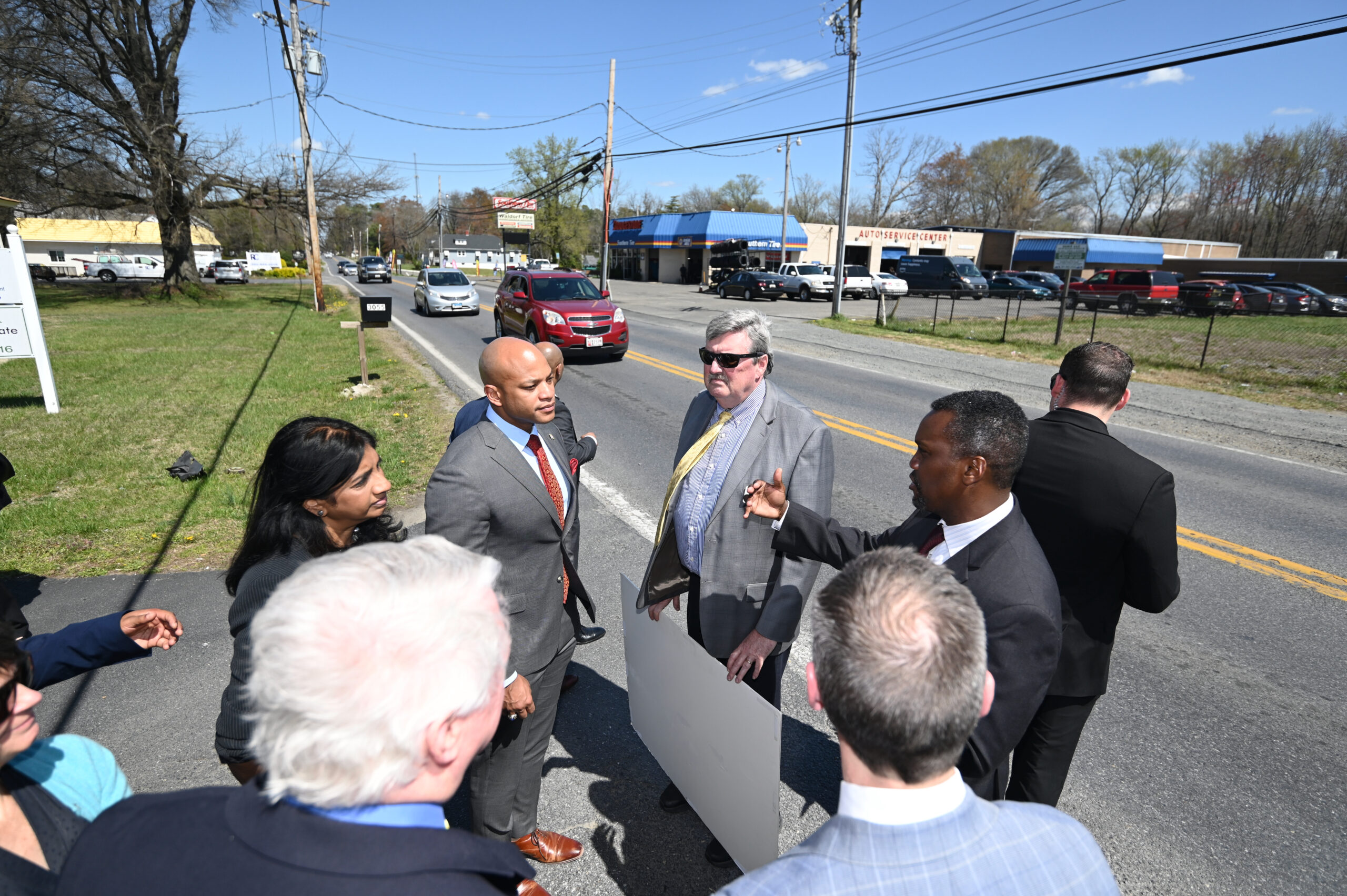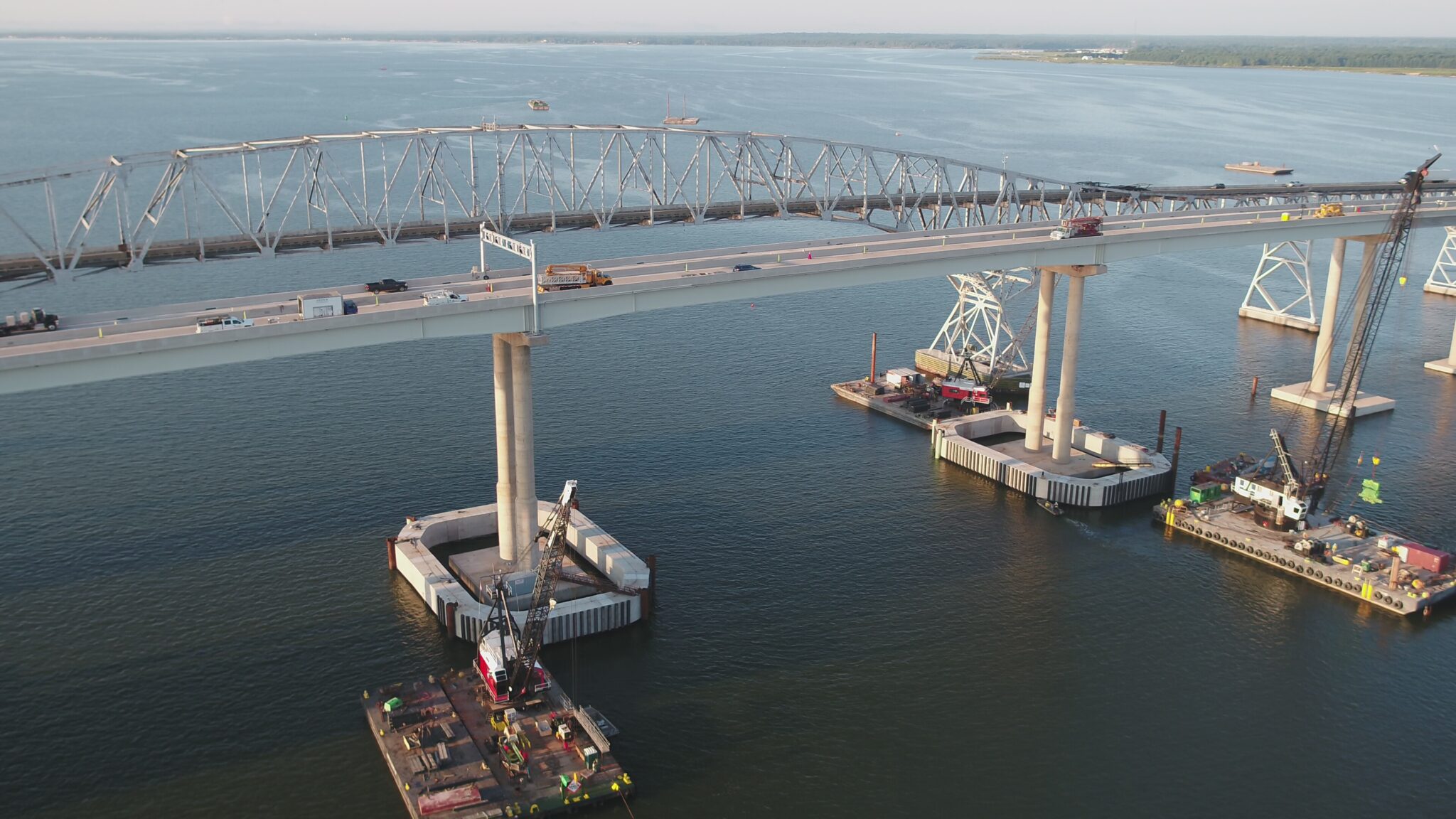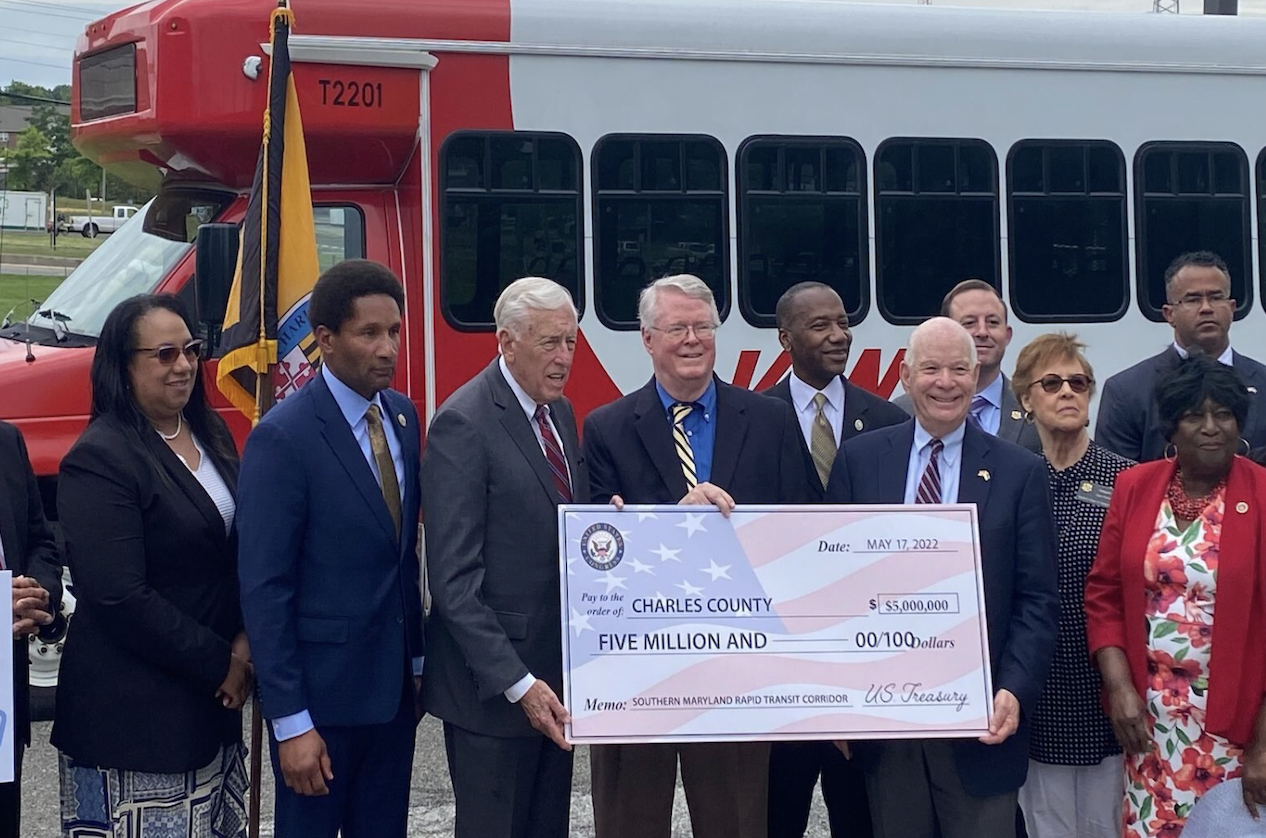Opinion: Pete Rahn’s Return To ‘Hip Pocket’ Government

For the past three years, a tectonic shift has been underway in how transportation policy and capital investment decisions are made in Maryland under Transportation Secretary Pete K. Rahn.
This shift will have long-lasting impact on the mobility and quality of life of our citizens, on Maryland’s future economic competitiveness, on the patterns of growth and development of our urban, suburban and rural communities, and on the financial capacity of our state to invest in vital new infrastructure.
Highly consequential multi-billion dollar decisions are being made without transparency, without evaluation of their feasibility, effectiveness and public acceptance, without consideration of competitive multi-modal alternatives, such as rapid transit, and without accountability or meaningful consultation with state and local elected officials.
Abandoning the Maryland Department of Transportation’s responsibility for conducting a deliberate and thoughtful project planning process designed to carefully weigh all options and ensure the wisdom of major state investments, Rahn appears to be putting Maryland on auto-pilot in a default setting that favors more highway-building as the answer to the growing problem of traffic congestion and gridlock.

Gary V. Hodge of Regional Policy Advisors
Without expanding Maryland’s rapid rail transit network, building more highway lanes is just a temporary fix, not a long-term solution.
Is this really anything more than old-fashioned “hip pocket” government, thinly disguised as results-oriented decision-making in the name of expediency?
When the massive, multi-billion dollar public-private partnership, or P3, to add toll lanes on the Capital Beltway and I-270 was recently announced by Gov. Larry Hogan and the MDOT secretary, promises were made that this huge self-financed, highway-building scheme wouldn’t cost the taxpayers anything. That comforting façade has already started to crumble. Virginia’s recent experience with $40 tolls on I-66 shows what could be in store for us on this side of the Potomac.
Claiming the ability to finance major highway and bridge projects with toll revenues paid to the state’s private sector partners by motorists who use them seems to be Secretary Rahn’s way to escape the intense public scrutiny that a project backed by the state’s taxpayers would get.
The trouble is, when toll revenues fail to materialize, who’s going to be responsible for the unfunded liability? The private partners or the state of Maryland? Won’t the private partners insist on a state safety net? Maryland’s taxpayers and their elected representatives need to be informed and consulted on these proposals and not let them fly under the radar.
This same skepticism and public scrutiny needs to be applied to the proposed maglev and hyperloop projects, which their advocates claim will be financed entirely with private money. The success of these ventures will depend on access permits, highway and utility rights of way, and other concessions and assets that are owned by the state — namely the people of Maryland.
Now we learn that a $68.5 million contract to manage the P3 project, funded with our citizens’ hard-earned gas tax money deposited in the state’s Transportation Trust Fund, was scheduled for approval by the Maryland Board of Public Works just a week after the General Assembly adjourned for the year, and the day after the public’s first opportunity to learn about the P3 at MDOT’s first open house in Upper Marlboro. This item was suddenly pulled from the board’s agenda after newspaper reports revealed that the contract would go to Pete Rahn’s former employer in the private sector.
This episode raises serious ethical questions about this selection, the integrity of the process needed to ensure that sound investment decisions are made by the state, the efficacy of Rahn’s strategy for relieving traffic congestion, and the long-term implications of a project of this magnitude on the state’s ability to pursue other vital priorities.
Secretary Rahn’s handling of a project he touts as “the largest ever P3 in North America,” and his pattern of arrogant, arbitrary and autocratic decision-making on other projects in MDOT’s vast portfolio, could impact on the lives of Maryland citizens for generations to come. Projects of this magnitude and complexity require more consideration, not less.
The recent attempt to invoke Maryland’s bid for Amazon’s new headquarters as a pretext for rushing into the toll-lane P3 project is not persuasive. The Maryland General Assembly has just enacted legislation pledging the largest incentive package in the state’s history, and the largest in the country — worth $8.5 billion in tax incentives and infrastructure investments — if Amazon chooses to locate HQ2 in Maryland. Is Rahn proposing to start spending the state’s incentive money before we have Amazon’s commitment?
One of the casualties of Rahn’s tenure has been the quality of collaboration with local government elected officials in the development of the state’s six-year capital program for transportation. The submission of annual priority letters and tour meetings with the secretary have been reduced to a symbolic ritual, an essentially hollow gesture that has little impact on the final selection of state project commitments. Meaningful consultation before the announcement of major new state projects has been non-existent or reduced to obligatory appearances. Long-standing priorities, thoroughly evaluated in prior studies, have been denied funding in the state’s capital program.
Secretary Rahn ultimately won his year-long battle with the legislature over the transportation scoring bill [the Maryland Open Transportation Investment Decision Act of 2016]. After passing the bill and overriding the governor’s veto, the General Assembly reversed itself in 2017 and repealed the law, passing a new bill that granted the secretary of transportation more flexibility in the scoring of major highway and transit projects, including the prerogative to reject projects with higher scores in favor of projects with lower ones, without the written explanation required in the original bill.
This left Rahn with more latitude and discretion to pursue his own agenda with the state’s $14.7 billion capital budget for transportation than any secretary in modern Maryland history.
In just one example, the secretary has refused to include the Southern Maryland Rapid Transit project in the state’s six-year capital program, in spite of the fact that it ranked third highest in MDOT’s preliminary scoring of 73 major projects across the state, based on the provisions of the original scoring legislation that was enacted by the legislature, and has been the top regional transit priority for more than a decade.
The feasibility and compelling need for high-capacity, fixed-route rapid transit in the fast-growing Maryland Route 5-U.S. 301 corridor from the Branch Avenue Metrorail Station to Waldorf and White Plains has been confirmed in five major state studies over the past 25 years.
Tens of thousands of Southern Marylanders suffer through one of the worst daily commutes in America. The 19-mile transit alignment and future stations have been mapped. Light rail, the transit alternative preferred by the public and the region’s elected leaders, promises faster commutes, an effective long-term solution to the corridor’s growing traffic congestion and gridlock, and a proven catalyst for economic growth and new jobs in communities and activity centers all along the future transit route in southern Prince George’s and Charles counties.
When the state completed the last major study a year ago, Rahn brushed aside the findings that light rail would be the most effective long-term, rapid transit option for this corridor. Instead, he injected his own personal preference for bus rapid transit, which the study concluded would not have the capacity to handle the projected number of riders after the system opened. The secretary then decided to suspend any further state action or funding for the project — indefinitely.
Compared with Rahn’s other big-ticket initiatives, a relatively small state investment in the SMRT project is needed to complete the next phase of project planning and NEPA studies, and position the project to compete for future federal construction funding. But state funding for this step has fallen victim to the arbitrary decision-making of the secretary.
When the need is so clearly documented, and the path forward is so well-defined, limited in scope and cost, primed and ready for state action, the secretary’s stubborn refusal to commit resources to this vital priority can only be described as benign neglect bordering on depraved indifference.
Is it possible to reconcile Rahn’s rejection of this measured and reasonable request, in the long tradition of MDOT’s project planning process, with his steady drumbeat announcing massive new highway projects — with unknown costs, unproven feasibility, uncertain benefits and dubious financing schemes?
The decisions of the Maryland Department of Transportation have more impact on the future of Maryland than any other state agency. The consequences reverberate beyond the term of one governor, or even the next generation.
The projects like SMRT that Rahn fails to pursue, that perish through delay and inaction, also have consequences for Maryland citizens who will never see the improvement in their quality of life, mobility and economic opportunities.
The pattern of Rahn’s arbitrary rejection of thoroughly vetted requests for state assistance, on the one hand, and on the other, his enthusiastic embrace of staggering mega-projects of unprecedented cost, heedless of potential conflicts of interest, unfunded liabilities, lack of transparency and accountability, impacts on local communities and uncertain results, calls for greater oversight from Maryland’s elected leaders in the executive and legislative branches.
A return to “hip pocket” government in an agency as vital to our future as the Maryland Department of Transportation would have dire and lasting consequences for our state and our people.
GARY V. HODGE
The writer is president of Regional Policy Advisors, a public policy consulting firm, specializing in economic development, intergovernmental relations, and transportation and infrastructure planning. Hodge has been spearheading efforts to bring light rail transit service to Charles County since 1988. He can be reached at [email protected].




 Creative Commons Attribution
Creative Commons Attribution